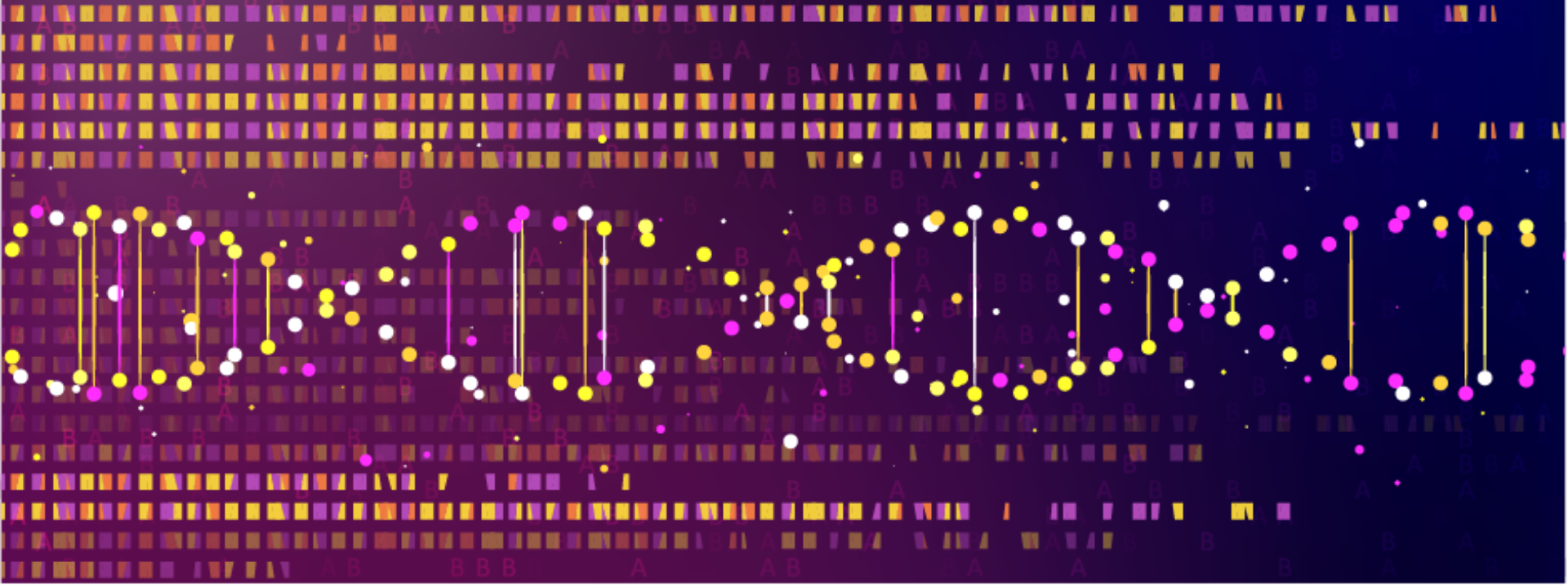Heterologous Protein Optimization with Inscripta’s Onyx Workflow
Optimization of protein function and expression is important for academic research as well as industrial applications. Historically, heterologous proteins have been expressed and engineered on plasmids using traditional methods, such as site-directed or random mutagenesis, with relatively low throughput. However, working in plasmid-based systems has drawbacks, such as instability, use of expensive antibiotics for plasmid maintenance, and genetic drift. In a recent webinar, Inscripta senior scientist Tyson Shepherd described how the Onyx™ workflow can be used to rapidly generate new protein functions in E. coli, with the heterologous gene integrated into the genome.
In this webinar, Shepherd shared an example of how the Onyx platform can be used to investigate heterologous protein function, as well as rapidly screen thousands of native promoters and ribosomal binding site (RBS) sequences for expression strength. First, he used MAD7TM to construct an E. coli strain that included a codon-optimized super-folder GFP (sfGFP) gene under the expression of a high-strength promoter and RBS. Shepherd then used InscriptaDesignerTM to generate sfGFP variants, targeting known mutational hot spots identified using data from existing databases, evolutionary trees, and structural data on fluorescent variants. The entire library consisted of 720 designs.
In the next step, Shepherd picked individual colonies and screened them using a fluorescence plate reader. He tested a total of 192 colonies (the number was informed by the screener’s curve generated using InscriptaResolverTM) at three excitation/emission wavelengths. The analysis yielded some interesting variants with altered fluorescence characteristics and one variant that was 1.5 times more fluorescent than the wild type. The improved variant was moved to the second round of editing using the same design libraries. Stacking of two edits identified a new variant with even greater improvement in fluorescence. Finally, the optimized sfGFP variant was used to screen a library of native E. coli promoters and RBS sequences extracted from the genome and inserted in front of sfGFP and rank them based on strength.
This example demonstrates how the Onyx platform can effectively address the challenges with heterologous protein engineering throughput and shortens the time to discovery of optimized variants. Onyx currently supports some standard strains of E. coli and S. cerevisiae. For full details of the experiments and how Onyx can support your projects, check out the full webinar and the accompanying app note.

